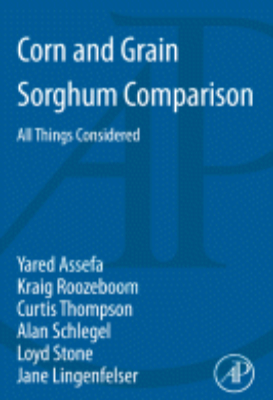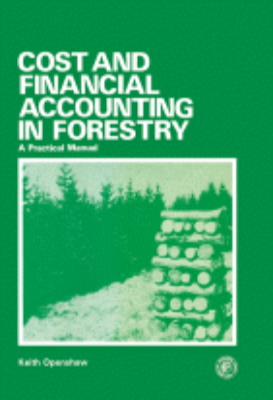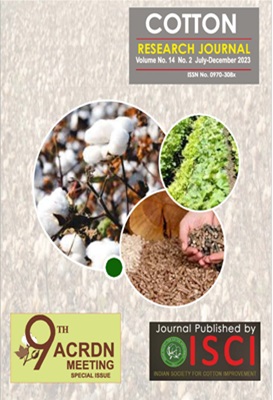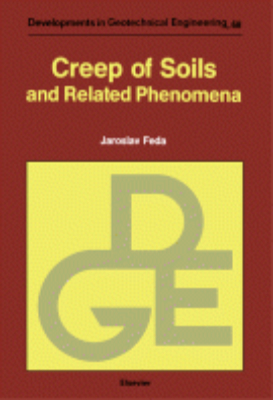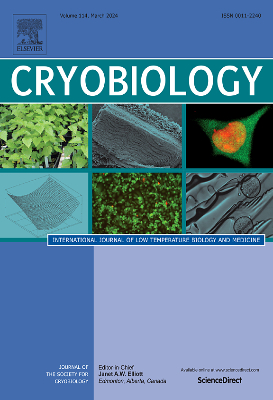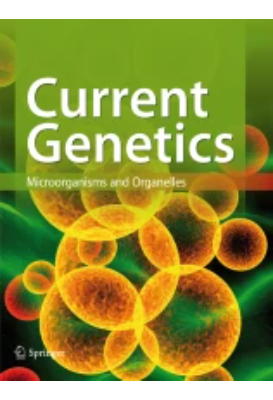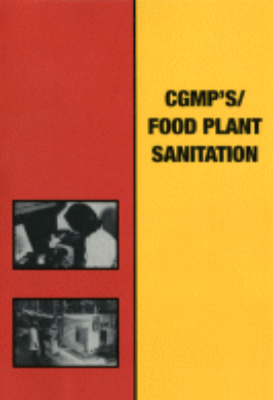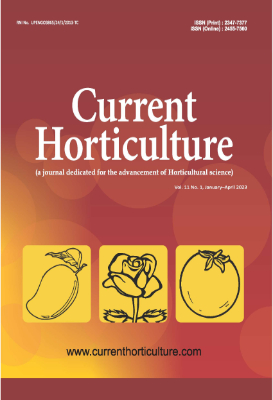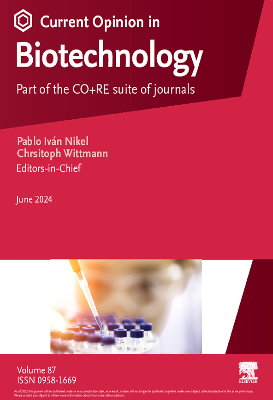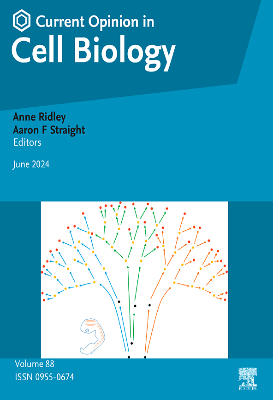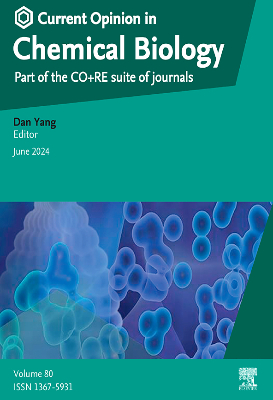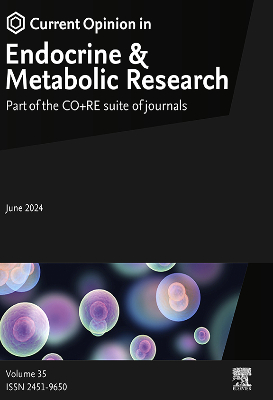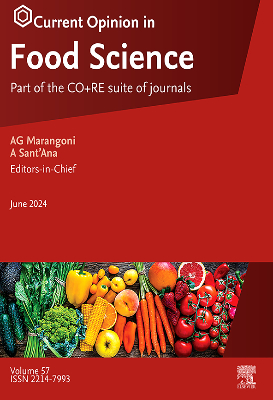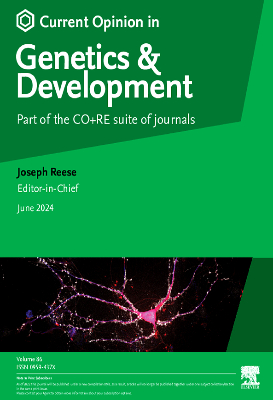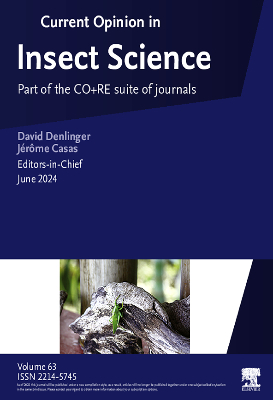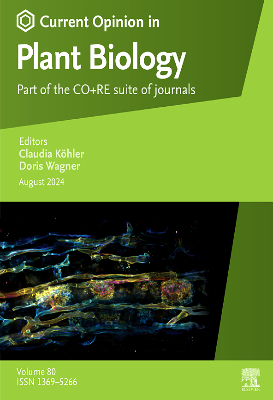E-Resources
Controlled Environment Guidelines for Plant Research
Controlled Environment Guidelines for Plant Research contains the proceedings of the Controlled Environments Working Conference held in Madison, Wisconsin, on March 12-14, 1979. The papers propose guidelines for measuring and reporting environmental conditions in controlled environment facilities that affect plant growth, including temperature, radiation, carbon dioxide, soil moisture, atmospheric moisture, and air movement. They also suggest how to perform measurements accurately and in ways that can be repeated by other investigators. Organized into 34 chapters, this volume begins with an overview of measurement, instrumentation, and procedures for growing plants in controlled environments. It then turns to a discussion of radiation measurements for plant growth studies in controlled environments; principles of heat transfer; plant response to increased humidity; humidification and dehumidification; carbon dioxide variations within plant growth chambers; and watering of plants in controlled environments. The reader is also introduced to precision and replication of measurements, along with interactions among environmental factors such as water, light intensity, mineral supply, temperature, air pollution, and nutritional preconditioning. Biologists and engineers, as well as plant physiologists and physicists, will find this book extremely useful.
Controlled Release Veterinary Drug Delivery
Many controlled release veterinary drug delivery systems (CRVDDS) are presently in use, and recently there has been a host of new CRVDDS within veterinary medicine. The challenges of this area of drug delivery arise from the unique anatomy and physiology of the target animal, the cost constraints associated with the value of the animal being treated and the extended periods of time that delivery must be sustained for (often measured in months). The purpose of this book is to introduce the reader to the unique opportunities and challenges of the field of CRVDDS and to explain and discuss the basic controlled release principles underlying the development of CRVDDS. Its aim is to provide an overview of many of the areas where CRVVDS have application, and to highlight the opportunities and prospects for controlled release technology in the veterinary field. Controlled Release Veterinary Drug Delivery comprises chapters that provide workers in the field (and those interested in this area) with information on the design, development and assessment of a variety of CRVDDS. The book contains chapters that describe the relevant animal physiological and anatomical considerations alongside descriptions of current and emerging controlled release delivery systems for a variety of routes for drug delivery, and present overviews on the physical and chemical assessment of veterinary controlled release delivery systems. The veterinary area is abound with opportunities for the development of controlled release drug delivery technologies. It is an area of medicine that is open to the acceptance of novel drug delivery devices, and which readily encompasses the use of novel routes of administration. It is an area of many unmet needs, most of which offer opportunities and unique challenges for the innovative formulation scientist to provide solutions. This book will provide an insight into the biological, clinical and pharmaceutical challenges that face the formulation scientist in this interesting and diverse area of research.
Coral Reef Fishes
"Coral Reef Fishes is the successor of The Ecology of Fishes on Coral Reefs. This new edition includes provocative reviews covering the major areas of reef fish ecology. Concerns about the future health of coral reefs, and recognition that reefs and their fishes are economically important components of the coastal oceans of many tropical nations, have led to enormous growth in research directed at reef fishes. Coral Reef Fishes is much more than a simple revision of the earlier volume; it is a companion that supports and extends the earlier work. The included syntheses provide readers with the current highlights in this exciting science. Key Features. An up-to-date review of key research areas in reef fish ecology, with a bibliography including hundreds of citations, most from the last decade. Authoritative, up-to-date, provocative chapters written to suggest future research priorities. An important companion and successor to The Ecology of Fishes on Coral Reefs. Includes discussions of regulation of fish populations, dispersal or site fidelity of larval reef fishes, sensory and motor capabilities of reef fish larvae, and complexities of management of reef species and communities"
Corn and Grain Sorghum Comparison
"Corn and grain sorghum (Sorghum bicolor subsp. bicolor L) are among the top cereal crops world wide, and both are key for global food security. Similarities between the two crops, particularly their adaptation for warm-season grain production, pose an opportunity for comparisons to inform appropriate cropping decisions. This book provides a comprehensive review of the similarities and differences between corn and grain sorghum. It compares corn and sorghum crops in areas such as morphology, physiology, phenology, yield, resource use and efficiency, and impact of both crops in different cropping systems. Producers, researchers and extension agents in search of reliable scientific information will find this in-depth comparison of crops with potential fit in dryland and irrigations cropping systems particularly valuable. Key Features. Presents a wide range of points of comparison. Offers important insights for crop decision making"
Cost and Financial Accounting in Forestry
Written for the forest manager, land agent and the forestry/rural economy student, either at the technical or university level, this book describes how systems of cost and financial accounting and financial yield may be built up, every step being illustrated by a series of interrelated examples. Financial accounting gives a precise view of a forest venture from year to year, whereas financial yield endeavours to show the profitability of a tree crop over its rotation. Cost accounting probes into detail and is an essential management tool for budget control, profit maximisation and planning. It may thus be said that the book deals with an important and essential aspect of forestry
Cotton Research Journal
One of the early actions of ISCI has been the launching of a research journal to fill the vacuum created by the stoppage of predecessors like (a) the Indian Cotton Growing Review published by the Imperial Cotton Growing Corporation of UK and (b) the Indian Cotton Development Journal published by the Directorate of Cotton Development. For many decades, these journals had remained as vehicles for research findings on cotton production technologies in India. By 1970 both these journals ceased to appear. The inaugural issue of the ISCI Journal was published in January 1976, since then the periodical has witnessed increasing patronage from cotton scientists from all over India and abroad. By 1990s, the 6- monthly journal had transformed into a quarterly publication to accommodate the rising number of articles originating from ICAR institutes and agricultural universities in which government funded research programmes were on the increase.
Crop Cultivars Developed Through Molecular Breeding
I
ndian Council of Agricultural Research (ICAR) from its inception has spearheaded country?s
preparedness towards feeding the ever-increasing population. The development of improved
high yielding varieties during 1960s made significant increase on food production through
?Green Revolution?. So far, 5800 cultivars of different field crops have been released for cultivation
in various agro-ecosystems of the country. However, development of cultivars takes quite
long time, which generally takes 10-12 years. Taking the help of modern tools, scientists have
been able to curtail the breeding cycle to develop cultivars much faster. ?Molecular Breeding?
technology provides significant advantage over ?traditional breeding? methods, where (i) the
target gene is selected with more precision, (ii) desirable plants are selected at the seedling stage
much before expression of the trait(s), (iii) costly and cumbersome phenotyping during the
breeding programme is bypassed, and (iv) breeding cycle is significantly shortened to 5-6 years.
Using ?Molecular Breeding?, 74 varieties in seven crops namely, rice, wheat, maize, pearl millet,
chickpea, soybean and groundnut have been released for commercial cultivation in India.
It includes, 43 in rice, five in wheat, six in chickpea, six in soybean, two in groundnut, 10 in
maize and two in pearl millet with improved biotic stress resistance, abiotic stress tolerance and
nutritional quality.
This bulletin entitled, ?Crop Cultivars Developed Through Molecular Breeding (second edition)?
highlights the salient features of the varieties and hybrids developed through accelerated
breeding. I dedicate this information bulletin to all our farmers with a hope that these varieties
will reduce the risk due to climate change and enhance their income.
Crop Physiology
"From climate change to farming systems to genetic modification of organisms, Crop Physiology, Second Edition provides a practical tool for understanding the relationships and challenges of successful cropping. With a focus on genetic improvement and agronomy, this book addresses the challenges of environmentally sound production of bulk and quality food, fodder, fiber, and energy which are of ongoing international concern. The second edition of Crop Physiology continues to provide a unique analysis of these topics while reflecting important changes and advances in the relevant science and implementation systems. Contemporary agriculture confronts the challenge of increasing demand in terms of quantitative and qualitative production targets. These targets have to be achieved against the background of soil and water scarcity, worldwide and regional shifts in the patterns of land use driven by both climate change and the need to develop crop-based sources of energy, and the environmental and social aspects of agricultural sustainability. Key Features. Provides a view of crop physiology as an active source of methods, theories, ideas, and tools for application in genetic improvement and agronomy. Written by leading scientists from around the world. Combines environment-specific cropping systems and general principles of crop science to appeal to advanced students, and scientists in agriculture-related disciplines, from molecular sciences to natural resources management"
Current Good Manufacturing Practices/Food Plant Sanitation
For many years the first edition of Current Good Manufacturing Practices/Food Plant Sanitation has been a standard guide and reference for the food processing industry. This second edition systematically covers all aspects of sanitation in all types of food plants. It provides food plant managers with the practical, basic information they need for planning, management and procedures. The text is supplemented with numerous illustrations, checklists, and sample forms. Application of the valuable information in this new edition will help food processing managers avoid regulatory problems and produce food products that achieve marketplace acceptance.
Current Horticulture
Since its establishment in 2013, 'Current Horticulture' has been a cornerstone publication in the field of horticultural science. Published by the Society for Horticultural Research and Development, the journal has played a pivotal role in advancing knowledge and fostering collaboration within the horticultural community. With its inaugural issue marking the beginning of a journey towards excellence, 'Current Horticulture' has consistently upheld a commitment to quality and innovation. Over the years, the journal has evolved into a platform where researchers, scientists, academicians, and stakeholders converge to share their latest findings, insights, and advancements in various facets of horticulture. From plant cultivation techniques to breeding methodologies, from genetics to pest management strategies, each issue of 'Current Horticulture' showcases a diverse array of articles that contribute to the collective understanding of horticultural practices. Its publication schedule, releasing three issues annually in April, August, and December, ensures a steady flow of cutting-edge research to the global horticultural community. Through its dedication to excellence, 'Current Horticulture' has earned recognition as a leading publication in the field, driving innovations and shaping the future of horticultural research and development. The journey of 'Current Horticulture' since its inception in 2013 exemplifies a commitment to scholarly excellence and advancement in horticultural science. As a publication of the Society for Horticultural Research and Development, the journal has served as a beacon of knowledge dissemination, providing a platform for researchers and practitioners to share their insights and discoveries. With its inaugural issue, the journal embarked on a mission to elevate the discourse surrounding horticulture, covering a wide range of topics including plant cultivation, breeding, genetics, pest management, and post-harvest technology. The triannual publication schedule, releasing issues in April, August, and December, ensures a regular influx of cutting-edge research from around the globe. 'Current Horticulture' has become synonymous with quality and rigor, attracting submissions from esteemed scholars and experts in the field.




